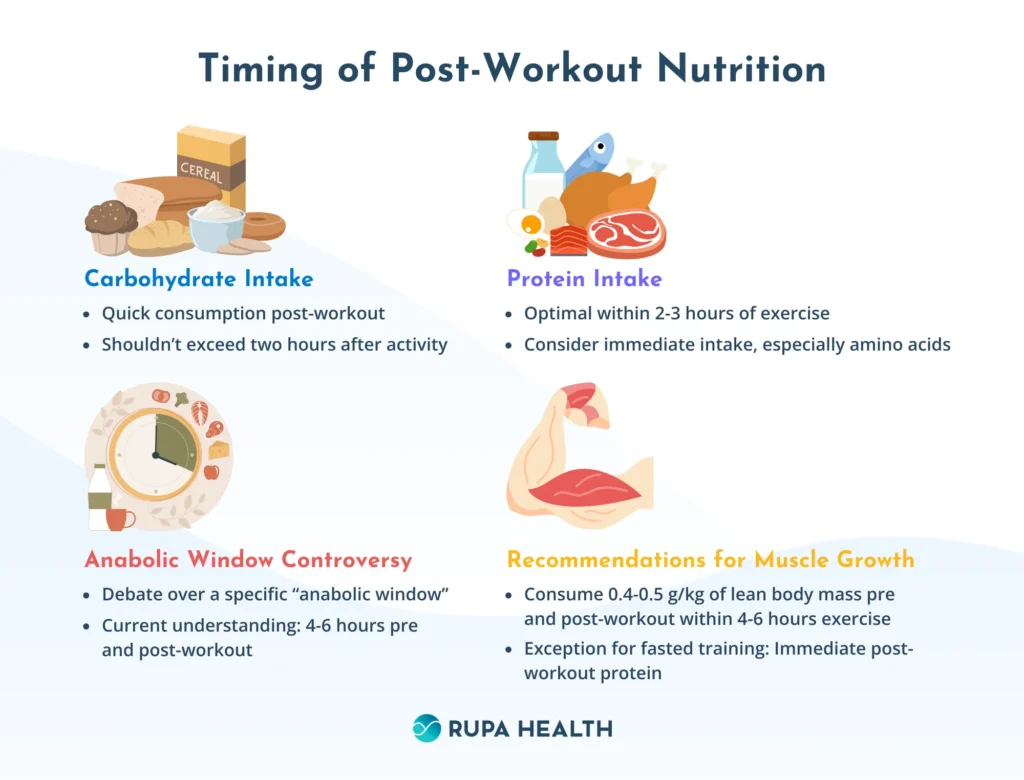
Height is a complex trait, and its variance comes from both genetic and environmental factors. The former amounts to about 80% in the height of an individual, and there are over 700 variations that can be considered to be associated with height. The remainder, 20%, is due to such environmental factors as nutrition, activity, and general health.
Although everybody believes that a person cannot increase height when he or she stops growing at adulthood, there are some ways to optimize one’s growth potential during tender years and maintain height throughout adult life.
Nutritional Strategies for Optimal Growth

Balanced Diet
During childhood and adolescence, a well-balanced diet is crucial for growth. What are some of the important dietary nutrients in a diet promoting growth?
- Proteins: Act to sustain growth and repair of tissues. Food sources include lean meats, eggs, dairy products, vegetables, and nuts.
- Calcium: Primarily involved in the process of maintaining bone health. It can be found in milk and dairy products, green leafy vegetables, and in food fortified with it.
- Vitamin D: It is necessary for the absorption of calcium and maintenance of good bones. Food sources include fatty fish, like salmon and tuna, fortified milk, and egg yolks.
- Zinc: Shown to provide for growth and immune function. Sources include meat, especially organ meats, seafood, beans, nuts, and seeds.
- Vitamin A: This vitamin is crucial for bone growth and in the process of cell reproduction. Good food sources include carrots, sweet potatoes, and dark leafy greens.
Limiting Harmful Substances
It is also important to limit the intake of substances that can have a negative effect on health in order to maximize one’s growth potential:
- Sugars: Sugar intake can lead to obesity and other diseases, which again may stop growth indirectly.
- Trans Fats and Saturated Fats: These increase the likelihood of poor cardiovascular health, thereby affecting the overall well-being and negative growth.
Importance of Enough Sleep

Sleep and Growth Hormone Production
Sleep is a major factor in growth, especially during most heightened periods of childhood and adolescence. The linear growth and development hormone type that is responsible for length and growth is released mainly during sleep. How much sleep one needs changes across the lifespan:
- Newborns (0-3 months): 14-17 hours
- Infants (4-12 months): 12-16 hours
- Toddlers (1-2 years): 11-14 hours
- Preschoolers (3-5 years): 10-13 hours
- School-age children (6-13 years): 9-12 hours
- Teenagers (14-17 years): 8-10 hours
- Adults (18-64 years): 7-9 hours
- Older adults (65+ years): 7-8 hours
Enhancing Sleep Quality
Consider the following to help optimize your sleep quality:
Get into a sleep routine: Getting up and going to bed at the same time every day sets the body’s internal clock.
Create Restful Environment: A dark, cool, and quiet bedroom is a good sleep enhancer.
Limit Screen Time Before Bed: The blue light from computers and phones interferes with the production of melatonin—a hormone that regulates sleep.
Physical Activity and Growth

Exercise for Children and Adolescents
Regular exercise is essential for growth and development. Children and adolescents should, therefore, have an average of at least one hour of physical activity per day, which targets:
Strength-building exercises: These include push-ups and sit-ups.
Flexibility exercises like yoga and stretching.
Aerobic activities will include running, cycling, and playing sports.
Exercise for Adults
Although there is nothing adults can do to become taller, regular exercise will indeed help in maintaining bone mass and overall health. Activities like walking, playing tennis, and yoga lower the risks for osteoporosis—and hence, height loss.
Posture and Height
Importance of Good Posture: Good posture will not only make you look a bit taller, but it also works toward maintaining good health in the spine. Bad posture can create changes over time in the natural curves of the spine and bring discomfort, which may lead to a shorter appearance.
Tips for Improving Posture
Be Mindful of Your Posture: Check your sitting and standing posture often. Your back should have its normal “S” curve.
Use ergonomic furniture. A supportive chair and a desk at the right height can help maintain good posture.
Incorporate Exercises That Improve Your Posture: Such exercises as yoga and pilates can facilitate stronger related muscle groups that give good support to posture.
The Role of Yoga in Maximizing Height
Yoga is a holistic workout. It combines posturing, flexing, and the alignment of the whole body and thus can be utilized in claiming back your height. Some good yoga works that will help improve one’s posture include:
Mountain Pose (Tadasana)
Cobra Pose (Bhujangasana) **Child’s Pose (Balasana)
Warrior II Pose (Virabhadrasana II)
Supplements: Use with Caution
When Supplements Are Appropriate
There are some cases when supplements may come in handy; for instance:
HGH deficiency: Synthetic HGH supplements may be prescribed by a doctor.
Prevention of Osteoporosis: Vitamin D and calcium supplements help in conserving bone density in the elderly.
Avoiding Misleading Claims
Beware of supplements claiming height increase. Because growth plates close after puberty, no supplement will ever be able to increase height. Always be sure to consult a medical professional before taking any supplement.
Factors That Can Negatively Affect Growth

Growth and development can be inhibited by many factors, such as:
Poor Nutrition: A bad diet can lead to stunted growth.
Chronic Stress: This type of incessant stress may interfere with the production of growth hormones.
Poor Bone Health: Height can be decreased by diseases such as osteoporosis. Environmental Pollutants: Exposure to such toxins as lead and cadmium adversely affects growth.
Chronic Health Conditions: Diseases like anemia and cystic fibrosis have their consequence on the overall growth.
Summary
While genes play the most prominent role in determining height, one can still optimize environmental factors—like nutrition, sleep, physical activity, and posture—to maximize one’s height during growing years and maintain it during adulthood.
These strategies will not only help individuals improve their height but also enhance their overall health and well-being. By adhering to these guidelines and maintaining a healthy lifestyle, individuals can maximize their growth potential and preserve their height throughout their lives.